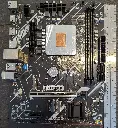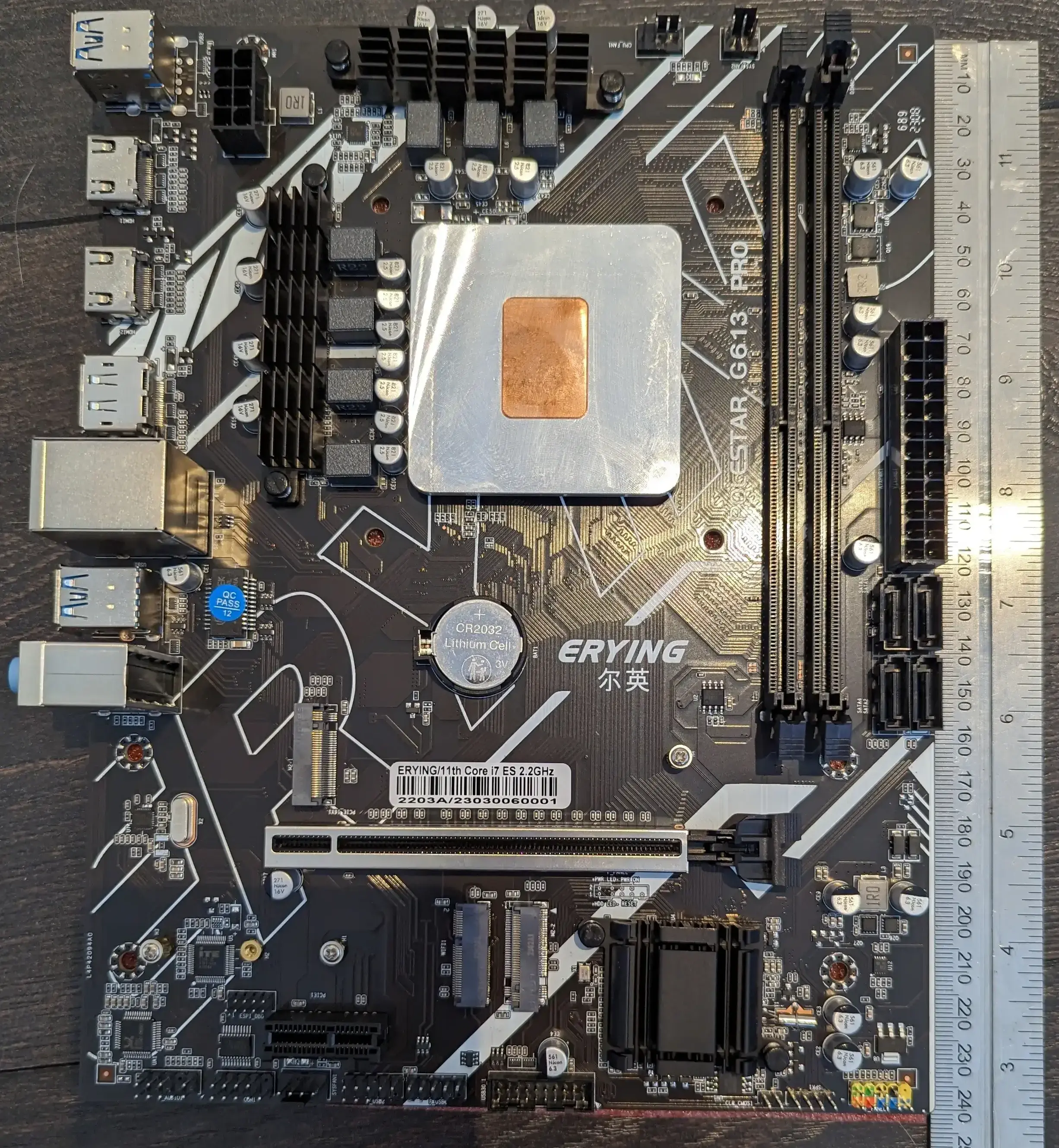Getting the mutant home server gaming in a VM (Proxmox as a Home Server)
Getting the mutant home server gaming in a VM (Proxmox as a Home Server)

kn100.me
Getting the mutant home server gaming in a VM

Getting the mutant home server gaming in a VM (Proxmox as a Home Server)

Getting the mutant home server gaming in a VM
